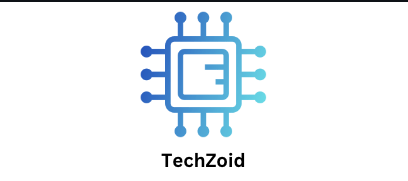The Science Behind “Magic”: Psilocybin and Psilocin
These mushrooms’ “magic” comes from psilocybin, a natural hallucinogenic. After ingestion, the body quickly converts psilocybin to psilocin. Psilocin causes psychedelic effects. Psilocin’s chemical structure resembles serotonin, a brain neurotransmitter that affects mood, perception, cognition, and behavior.
Psilocin works by attaching to and activating serotonin receptors, specifically the 5-HT2A receptor in the prefrontal cortex and other brain areas. An activation cascade causes neurological changes. One of the biggest consequences is a reduction in the Default Mode Network (DMN), which controls self-reference, introspection, and the ego. DMN activity lowering may lead to user experiences of ego disintegration and oneness. Psilocin also improves connectivity across brain areas that don’t interact, revealing new connections and insights.
Impacts of Magic Mushrooms
The “trip,” or experience of taking magic mushrooms, depends on dose, the user’s mood and environment, and the mushroom species. Effects usually start 20–60 minutes after administration and persist 4–6 hours, but they may last longer.
Effects often include:
Users may see heightened colors, geometric patterns, breathing surfaces, and tracers. Auditory perception can change.
Mental and emotional changes might range from intense exhilaration and spiritual amazement to dread and fear. Thinking may become more fluid, abstract, and interrelated. Users describe empathy, introspection, and a sense of connectivity to nature or the universe.
Time Distortion: Time can stretch, compress, or disappear, creating a deep sensation of “present moment.”
Ego Dissolution: Higher dosages may temporarily dissolve the self, resulting in oneness and a larger vision.
Synesthesia: Some people report seeing sounds or tasting colors.
There are many wonderful and instructive experiences, but there are also “bad trips.” They may entail severe anxiety, paranoia, terror, or overpowering feelings. Set and setting are crucial to reducing these dangers.
Beyond Recreation: Spiritual and Therapeutic Potential
Psilocybin containing mushrooms have been used in indigenous healing, divination, and spiritual awakening rites for generations. Today, scientific study is investigating their therapeutic potential, notably in mental health.
Psilocybin assisted treatment has showed promise in treating:
Depression: Psilocybin produces fast and prolonged antidepressant effects, even in treatment-resistant depression.
Psilocybin reduces suffering and improves quality of life, especially anxiety related to life-threatening conditions.
Research is investigating its potential to help people process traumatic memories and minimize PTSD symptoms.
Addiction: Psilocybin may help cure nicotine and alcohol addictions by changing bad habits and opening fresh views.
OCD: Preliminary studies suggests a benefit.
These therapeutic uses are usually done under medical supervision, frequently with psychotherapy, because the psychedelic experience is thought to spark deeper psychological work. The objective is to give a meaningful, transforming experience that can lead to enduring change, not only relieve symptoms.
Legal Status and Prospects
Magic mushrooms’ legality varies internationally despite their historical usage and medicinal promise. Psilocybin is a Schedule I prohibited drug in many countries, meaning it has a high abuse potential and no medicinal value. Scientific data is challenging this categorization. Some states have decriminalized them and even controlled medicinal or therapeutic access.
The future of magic mushrooms and psilocybin research is bright. Psilocybin-assisted treatments may become mainstream medicine when more thorough investigations are done and public attitude changes. To maximize the potential of these exceptional fungi, cautious usage, appropriate management, and continuing scientific investigation are essential.
Conclusion
Magic mushrooms, containing psilocybin and psilocin, combine nature, awareness, and medicine. These fungi have major implications for understanding the mind and tackling complicated mental health issues, not just recreational drugs. Their potent effects require caution and respect, but ongoing scientific research is showing their therapeutic potential, which could lead to a new era of psychedelic-assisted treatments that could transform mental healthcare and human consciousness.
